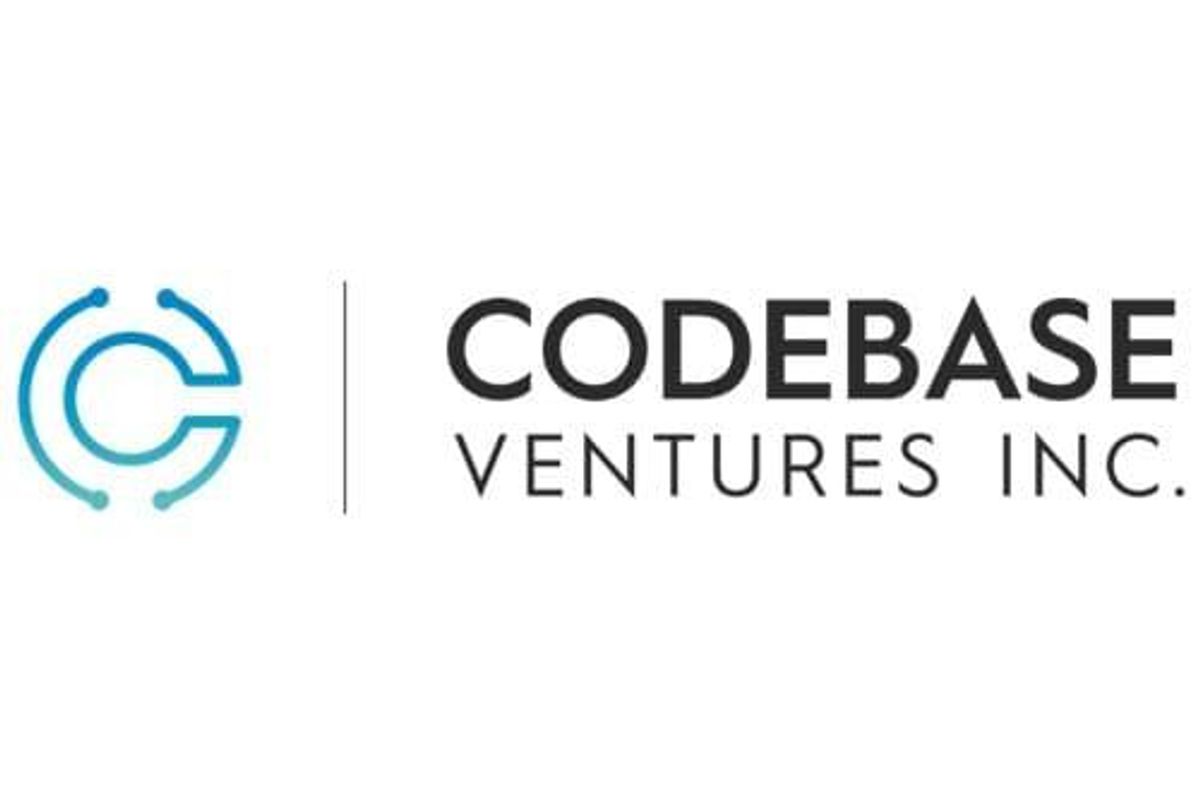
Viability to Address Underserved Lupus, Rheumatoid Arthritis and Malaria market, forecast to be worth $6 Billion USD by 2027*, Company to investigate Spin Out of Asset
Codebase Ventures Inc. ("Codebase" or the "Company") (CSE:CODE)(FSE:C5B)(OTCQB:BKLLF) is pleased to provide an update on the continued development of the Company's proposed transdermal delivery technology for hydroxychloroquine (HCQ), as first announced in April 2020
The Company engaged TRPL (Transdermal Research Pharm Laboratories) of Long Island City of New York, to conduct a feasibility study which indicates that HCQ has all the required parameters to be a transdermal candidate.
In recognition of the potential value of this legacy asset, and in light of the Company's current focus upon the blockchain and related emerging technology ecosystem, Code is investigating spinning out its interest in the transdermal delivery technology for HCQ. Details on any such spin out will be provided in the coming weeks as the Company explores deal structures with its partners to ensure Code shareholders benefit.
Code has a 49% interest in Glanis Pharmaceuticals Inc., an arms-length private company which holds provisional US patents for transdermal and oral mucosal delivery of hydroxychloroquine and chloroquine (CQ). The drug is FDA approved as a treatment against malaria, lupus, and rheumatoid arthritis. On the basis of positive results from the feasibility study, the parties are beginning the process from provisional to full patent.
Highlights
- Market for HCQ forecast to reach $6 billion by 2027* as FDA approved treatment for malaria, lupus, and rheumatoid arthritis
- Code receives positive technical feasibility study results indicating HCQ has all the required parameters to be delivered transdermally
- HCQ transdermal treatment for malaria, lupus and rheumatoid arthritis patients likely to resolve oral tablet side effects as it would bypass the first pass metabolism
Code has received interest in the application of HCQ in a transdermal patch for the underserved patients with malaria, lupus, and rheumatoid arthritis. Current oral tablet delivery of HCQ comes with side effects that transdermal delivery is likely to resolve.
Transdermal delivery can provide a drug plasma concentration at predetermined rate for a predetermined period of time. Safe, consistent doses will make the drug much more effective at reduced dosages required because the GI system is avoided with transdermal delivery. This new delivery method should eliminate or reduce a number of the common side effects of the oral tablet treatment, including nausea, vomiting, loss of appetite, diarrhea, dizziness, or headache, by providing controlled constant delivery.
TRPL has a combined 75 years of expertise in transdermal delivery systems and provides the capacity, equipment and capabilities to advance the development program for a hydroxychloroquine molecule for oral mucosal delivery from research, testing, regulatory approvals through to launch of the hydroxychloroquine oral mucosal delivery system.
The Company also announced that it has engaged Ahead of the Herd for $70,000 as a consultant to provide marketing services over a 6-month period.
About Codebase Ventures Inc.
Codebase Ventures Inc. seeks early-stage investments in sectors that have significant upside. We seek innovators who are establishing tomorrow's standards. We support those innovators and help take their ideas to market.
For further information, please contact:
George Tsafalas - Ivy Lu
Investor Relations
Telephone: Toll-Free (877) 806-CODE (2633) or 1 (778) 806-5150
E-mail: IR@codebase.ventures
Neither the Canadian Securities Exchange nor its Regulation Services Provider (as that term is defined in the policies of the Canadian Securities Exchange) accepts responsibility for the adequacy or accuracy of this release.
Forward Looking Statements
Certain information set forth in this news release may contain forward-looking statements that involve substantial known and unknown risks and uncertainties. All statements other than statements of historical fact are forward-looking statements, including, without limitation, statements regarding future financial position, business strategy, use of proceeds, corporate vision, proposed acquisitions, partnerships, joint-ventures and strategic alliances and co-operations, budgets, cost and plans and objectives of or involving the Company. Such forward-looking information reflects management's current beliefs and is based on information currently available to management. Often, but not always, forward-looking statements can be identified by the use of words such as "plans", "expects", "is expected", "budget", "scheduled", "estimates", "forecasts", "predicts", "intends", "targets", "aims", "anticipates" or "believes" or variations (including negative variations) of such words and phrases or may be identified by statements to the effect that certain actions "may", "could", "should", "would", "might" or "will" be taken, occur or be achieved. A number of known and unknown risks, uncertainties and other factors may cause the actual results or performance to materially differ from any future results or performance expressed or implied by the forward-looking information. These forward-looking statements are subject to numerous risks and uncertainties, certain of which are beyond the control of the Company including, but not limited to, the impact of general economic conditions, industry conditions and dependence upon regulatory approvals. Readers are cautioned that the assumptions used in the preparation of such information, although considered reasonable at the time of preparation, may prove to be imprecise and, as such, undue reliance should not be placed on forward-looking statements. The Company does not assume any obligation to update or revise its forward-looking statements, whether as a result of new information, future events, or otherwise, except as required by securities laws.
SOURCE: Codebase Ventures Inc.
View source version on accesswire.com:
https://www.accesswire.com/638539/Codebase-Receives-Positive-Technical-Study-Results-for-HCQ-Transdermal-Patch-Technology










